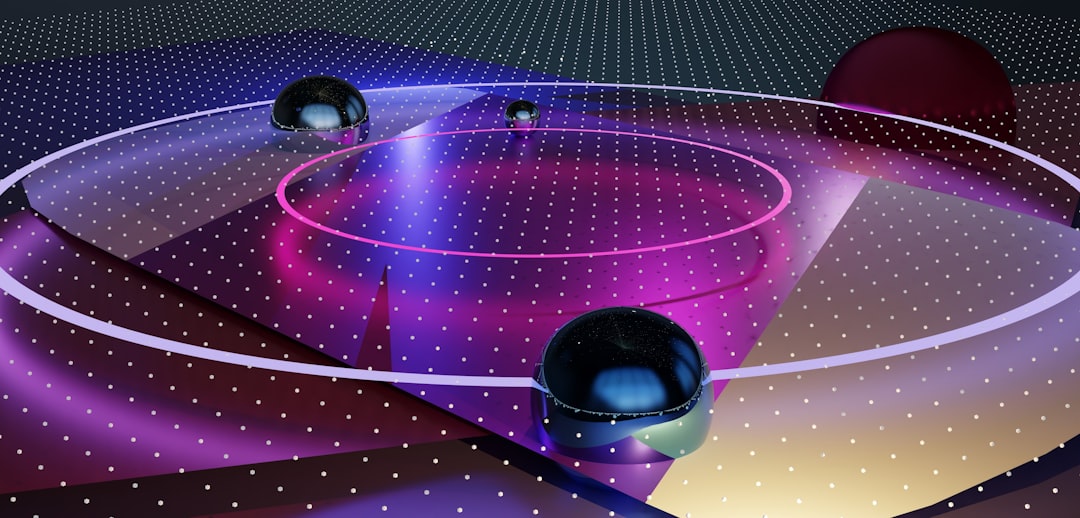What is it about?
The numerical simulations conducted to investigate the behavior of impurity ions generated when plasma interacts with medium-Z (N2, Ne, and Ar) impurity gases in the edge and SOL (Scrape-Off Layer) regions. The study reveals that the motion of these impurity ions is strongly influenced by plasma vorticity. An analytical relationship has been derived that connects impurity ion density with plasma vorticity, sources and sinks, and mass-to-charge ratio. Specifically, Ar+ ions exhibit stronger inward motion compared to N+ and Ne+ ions. The most abundant species display both inward and outward motion, but overall, they tend to move outward in the edge and SOL regions. This behavior has been quantified using cross-correlation techniques.
Featured Image

Photo by Google DeepMind on Unsplash
Why is it important?
The simulations indicate that the inward transport (negative flux) of impurity ions is directly associated with monopolar density holes in the presence of an electron temperature gradient. On the other hand, outward transport is linked to plasma blobs. Understanding and optimizing these transport processes can be beneficial for managing radiative losses in tokamak-related experiments. To quantify the inward impurity transport, hole fraction analysis has been employed. It has been found that approximately 44% of Ar+ ions, 28% of Ne+ ions, and 25% of N+ ions from their total impurity density are transported inside the edge region through intermittent turbulent plasma events. The inward propagation of these impurity ions leads to increased radiation cooling in the hot or core region of a tokamak, which is generally an undesirable effect.
Perspectives
This research contributes to the ongoing efforts in fusion energy research and provides insights into impurity ion dynamics, which can be used to enhance the performance and efficiency of future fusion devices.
Shrish Raj
Institute for Plasma Research Bhat Gandhinagar Gujarat India
Read the Original
This page is a summary of: Argon, neon, and nitrogen impurity transport in the edge and SOL regions of a tokamak, Physics of Plasmas, June 2023, American Institute of Physics,
DOI: 10.1063/5.0142975.
You can read the full text:
Contributors
The following have contributed to this page










